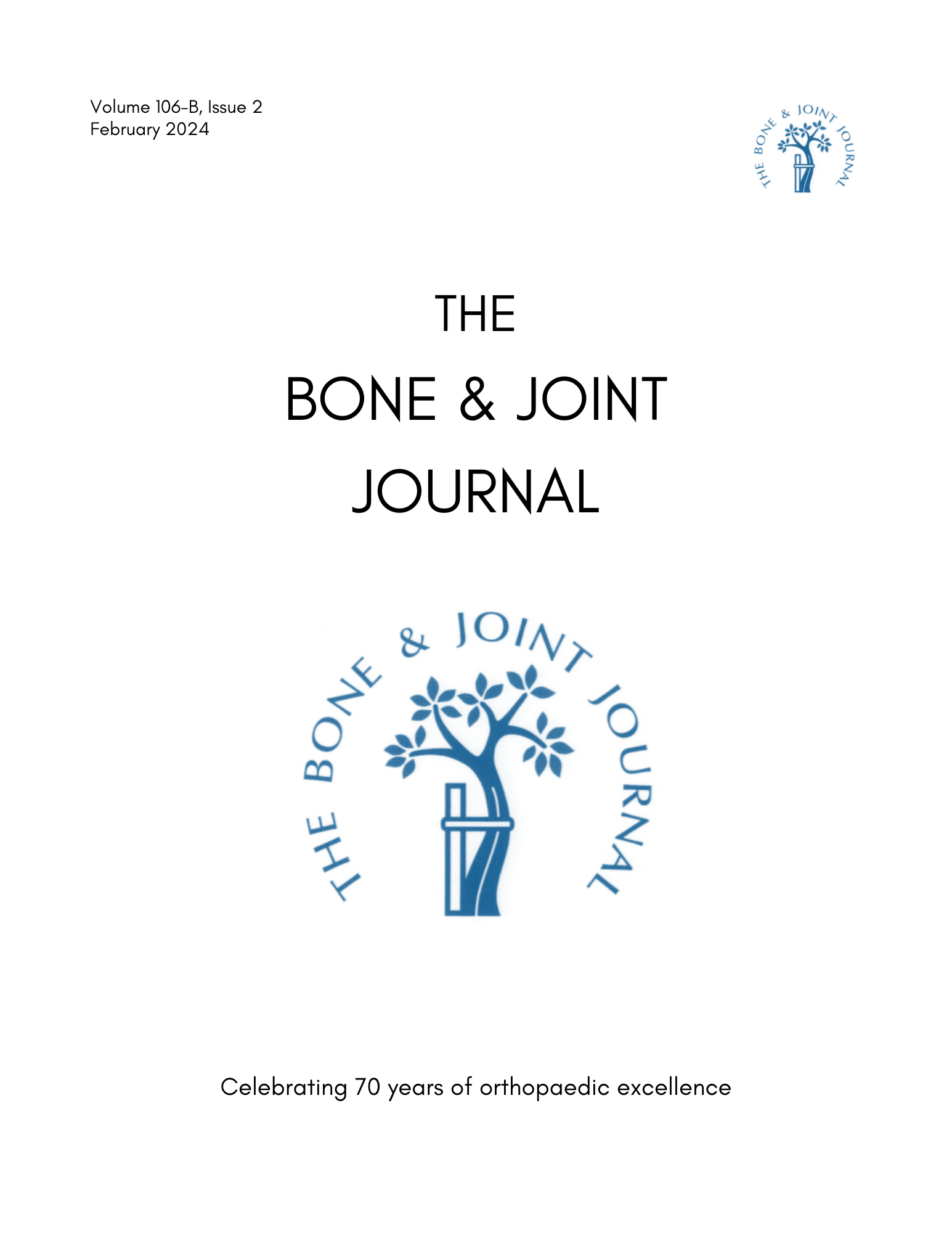
Preventing redisplacement of wrist Fractures: Plaster splinting vs circumferential casting - RCT

Preventing redisplacement of wrist Fractures: Plaster splinting vs circumferential casting - RCT
Redisplacement of reduced distal radius fractures in adults: does the type of casting play a role? The CAST study, a multicentre cluster randomized controlled trial.
Bone Joint J . 2024 Jul 1;106-B(7):696-704.Did you know you're eligible to earn 0.5 CME credits for reading this report? Click Here
Synopsis
420 patients with displaced distal radial fracture were randomized to receive Plaster splint (n=213) or circumferential casting (n=207). The primary outcome of interest was rate of redisplacement within five weeks. Secondary outcomes of interest included rate of complaints relating to the cast, clinical outcomes at three months, patient-reported outcome measures (PROMs) (using the numerical rating...
To view the full content, login to your account,
or start your 30-day FREE Trial today.
FREE TRIAL
LOGIN
Forgot Password?
Explore some of our unlocked ACE Reports below!

Learn about our AI Driven
High Impact Search Feature
Our AI driven High Impact metric calculates the impact an article will have by considering both the publishing journal and the content of the article itself. Built using the latest advances in natural language processing, OE High Impact predicts an article’s future number of citations better than impact factor alone.
Continue



 LOGIN
LOGIN

Join the Conversation
Please Login or Join to leave comments.